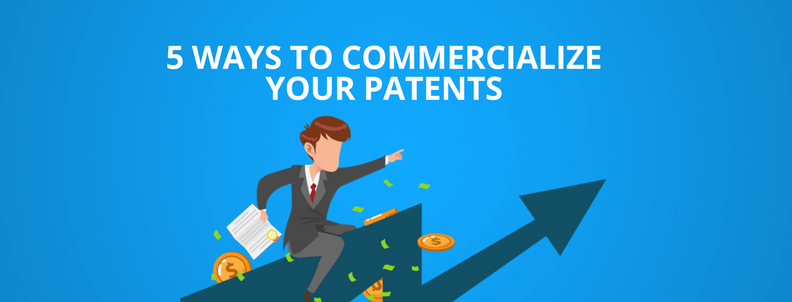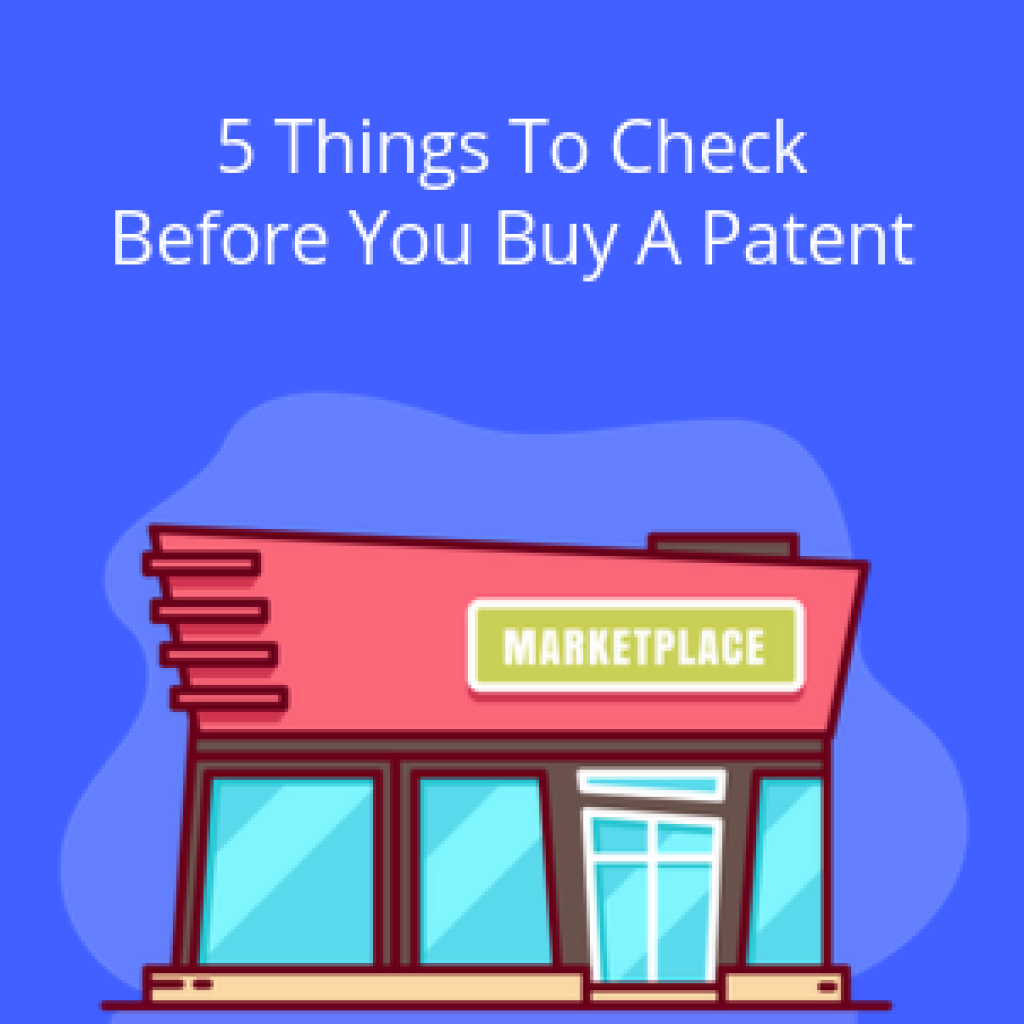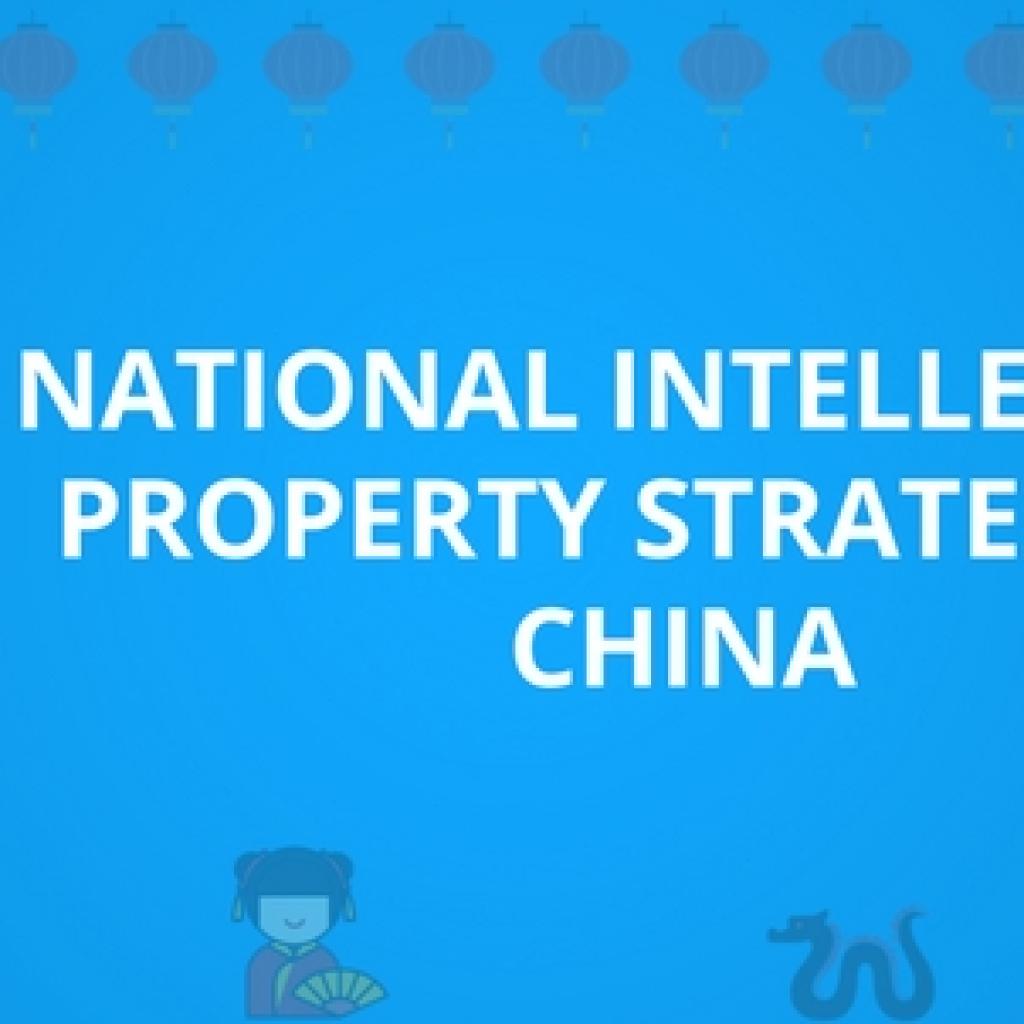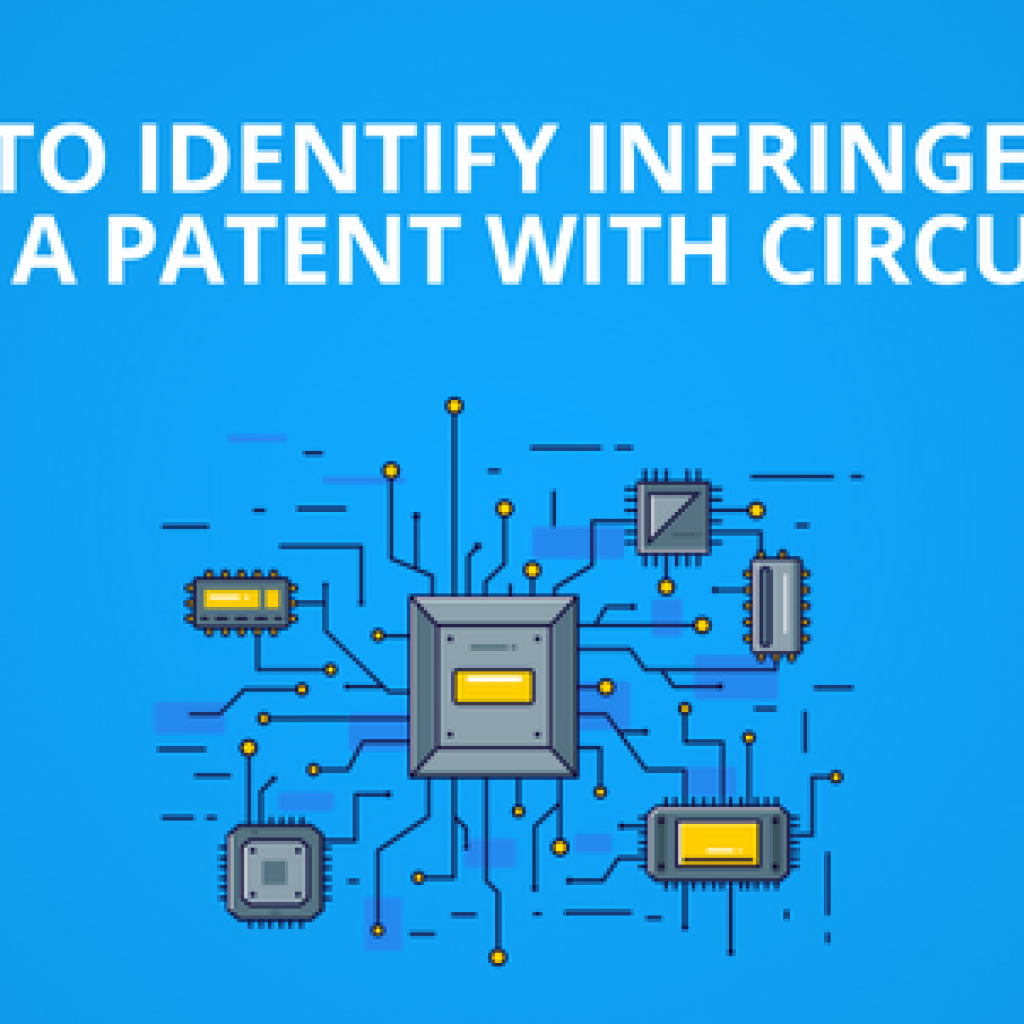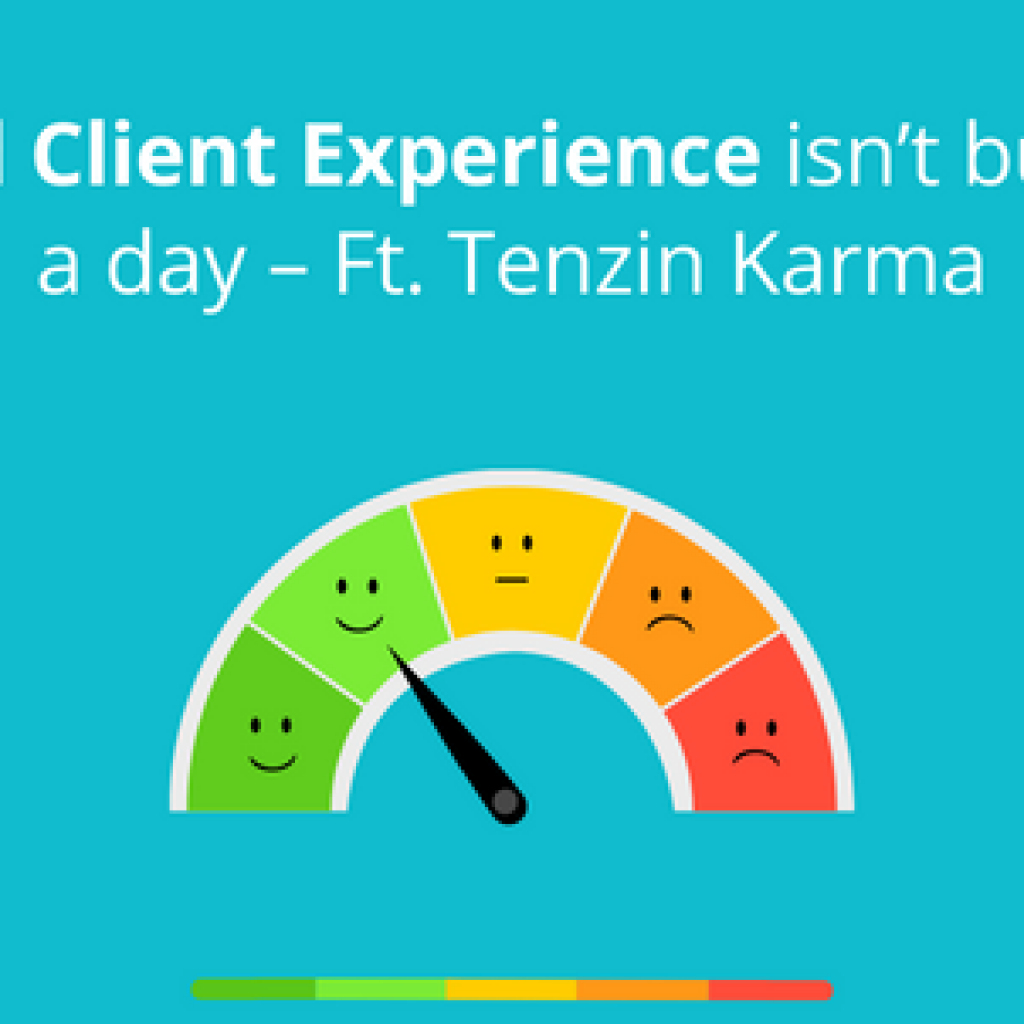“One of the main reasons for getting a patent is to make some money out of it. That is what assets are for, am I right?” was an inventor’s response when asked why he sought a patent on his latest invention. He is not alone. According to a survey of patent owners conducted by the European Patent Office, around half of small and medium-sized enterprises (SMEs) obtain patents for monetary gains.
Monetizing patents is a common practice for anyone with a sizable patent portfolio. However, the strategy you employ to monetize your patents sets you apart from your competitors. You may license your patents, sell them, turn them into products, enforce them against infringing parties, or form a patent pool.
One can choose from various options, and many patent owners monetize their patents by choosing any of the ways above. Other parties make revenue by buying high-potential patents and enforcing them against suspected infringers for higher royalties. These parties are often labeled patent assertion entities and sometimes by the moniker of patent trolls. A valid business model in its own sense, it is often looked down upon and has received very negative press in recent years. Believe it or not, they are good for the economy and innovation.
Returning to the different ways of monetizing your patents, let’s explore each in detail.
If you are interested in forming a smart patent monetization strategy catered specifically to your needs – Fill out the form below and let the experts guide you
Best Practices to Generate Maximum Revenue from Patents
Based on the specific needs of the business and long-term goals, patents could be monetized in the following ways:
- Licensing of the patent.
- Enforcing Patents
- Pooling the patents
- Sale or Brokerage
- IP Bank
Let’s explore these in detail and understand which would resonate with you.
Patent Licensing
Patent Licensing refers to the act of assigning the ownership of a patent to a third party such that one can make, use, and sell your invention either exclusively or non-exclusively, for an amount of pre-decided royalties.
In other words, licensing a patent is a mutual agreement between individuals or companies or a company with which you choose to make, use, and sell your product in the market. As the patent holder, you retain ownership of the invention, and you enjoy royalty payment on the product.
There are different forms of licenses. Let’s have a brief look at each of them.
Soft Licensing
Soft Licensing is the other name for Patent Licensing, which is part of patenting an idea. In this, a revocable agreement is signed between a patent owner and a licensee to transfer the interest in a patent to a licensee who can use it and benefit from it.
A patent owner has the full right to license or transfer an interest in a patent for a certain period of time or the entire lifetime of a patent. During this period, the licensee can produce, market, or sell the invention or design. The licensor, in exchange, could get a pre-decided royalty in exchange for the patent.
These licenses are further categorized into various types, each explained below.
Exclusive licenses
In this license type, all ownership rights are transferred to a licensee. The title, though, is still owned by the licensor. For an exclusive license to be valid, all the patent owners must unanimously agree to the license. Why would they do that, you ask?
Well, there are benefits.
Benefits of having an exclusive license
- IP owner gets benefits by receiving a discussed sum that pays off for the loss of future earnings and ignores the risk of the product not getting the market or being victorious.
- Licensee also benefits from this as he knows that they will be the sole receiver of the profits after introducing the product to a market-ready state.
Limitations of an exclusive license
Exclusive licenses don’t need to be a great source for the licensee; it can also be blanket protection. The IP owner can place certain limitations that limit the license, like:
- Product restrictions- It actually restricts the licensee’s use of the IP to a typical class of product.
- Field restrictions- It restricts the licensee to a particular field of function.
- Territory restrictions- It restricts the licensee to a precise geographical area.
The IP owner may go for limiting the license to achieve one of the two stated objectives:
- To keep hold of the residual rights to commercialize in-house.
- To license the IP rights to a sum of different licensees, all being approved special licenses with complementing boundaries.
Non-Exclusive Licenses
In this type of licensing, the licensee is allowed to produce the invention or design. There are no exclusive rights given to the licensee. Similarly, the licensor and other parties can also create an invention or design. To a non-exclusive license, only one patent owner has to agree.
A non-exclusive license provides a lucrative source of income. If you are an artist, you can go for a non-exclusive license to allow printmakers a license to create reproductions, either numbered or mass-produced, of your own real piece of work. If you are a musician, you may grant one non-exclusive license, which allows the use of a piece of music for a commercial, and a second non-exclusive license allowing another musician to sample a section of the same piece of music. If you are a software manufacturer, you can allow multiple licenses to commercial or academic users to use a software program.
Sole License
A sole license is quite similar to an exclusive license with one exception. Within the territory of exclusivity, the licensor is permitted to carry on using the licensed subject. Contrasting with a distinctive, exclusive license, the licensor usually retains the right to use the intellectual property.
Moreover, there are distinctive aspects of exclusive and sole licenses, and the definitions may sometimes vary between the jurisdictions. It is, therefore, sensible to clearly explain in the agreement whether the license keeps out use by the licensor within the area or not.
Carrot License
A carrot patent licensing approach can be regarded as a suitable one when the potential licensee is not using the patented invention and is under no obligation or forced to take a license. The value plan according to this approach is – “My patent technology is far better, and by licensing it you will trade more products” Or “My patent technology is an inexpensive one, and by licensing it, you will earn more profit.”.
Stick License
On the other side, a stick patent licensing approach is used when the prospective licensee is already in use of your patent technology and thereafter is infringing your patent. The value strategy here is “take a license, or else I will see you by legal means”. One actually needs to keep in our mind that every “carrot” license is really a “stick” license in disguise.
After all, if there were not the undeclared danger of a court case, who would ever license a patent? When a huge company accepts to license their patent, payment for the patent is done, most probably in lump sum payment that includes past use of the patent (if applicable) and future use of the patent based on the sales which are estimated of the accused product over the lasting life of the patent.
Advantages of Patent Licensing
Patent licensing has its own set of unique advantages. Below listed are a few of them:
- Inventors don’t normally have the time or resources to manufacture or sell their inventions or designs. Licensing allows the company to bring its product to market without investing time and resources while still having rights over the invention.
- Patent Licensing is a great solution when you want to limit the risk if you believe your idea doesn’t have great potential, and by licensing it, your risk of creating and bringing the product to the market is reduced.
- Patent Licensing is not forever. A license is granted for a limited time period. When the period gets over, you regain the exclusive right.
- You can get royalties from the party that infringes your patent. Though litigation is an option, it can be expensive and not profitable. In that case, patent licensing is the go-to path.
- Licensing patents is actually seen as an easy and convenient option for getting the most out of these inventions. When you use an IP to develop a business from the ground up, it may take years of hard work. However, licensing the technology or the patent to an already recognized company can be a great way of getting the patented products in the market faster with no issues.
- The product’s launch in the market is done sooner. You get all the distribution channels, and even massive investment is fulfilled. Licensing your patent to an established company will help launch the product in the market faster and within the shortest time possible.
- Introducing a new product or invention in the market is a risky affair; however, with a licensing agreement, the risk actually gets shared with a different party just to make sure that you decrease your risk against disturbing losses should they happen.
- When you license your IP, you offer other players a competitive advantage. For example, if you license your technology to one of the biggest distributors in the market, your product will easily achieve outstanding market penetration, which will increase sales and give the brand huge exposure.
Hard Licensing Litigation
License agreement litigation is actually concerned with the authority of the agreement and its obedience to competition law. However, a number of provisions in the license agreement may give rise to issues, such as the scope of the license, the royalty provisions, or the supposed violation of the contract. What follows next is, the most pertinent of these provisions will be actually taken into concern is the Legal Nature of licenses.
An IP license agreement is basically between the licensor and a licensee. The licensee gains control over the intellectual property rights (patents, trademarks, copyright, design rights, etc.) and/or know-how that the licensor possesses in favor of some remuneration structure. Remuneration will be a royalty payment, a lump sum and/or milestone payments, or a mixture of one or more. Thus, a license is fundamentally an inter-parties statement of the licensee’s permission to take advantage of the licensor’s exclusive rights. Various contractual limits (e.g. covenant not to sue) are different from the licensee’s permission to make use of the licensor’s exclusive right, a rights holder may guess a “negative” obligation (or covenant) not to take legal action against a convinced party under certain conditions where the rights holder would otherwise be able to do so. A covenant not to sue is personal and so may not apply to following purchasers or users of the “infringing” product under English and German law, With the grant of a license, this is not the case, where the licensor’s rights will be shattered provided the goods in question have been put on the marketplace with his permission.
Cross-Licensing
A cross-licensing agreement is an agreement in which two or more parties allow a license to each other for the misuse of the subject-matter claimed in one or more of the patents each owns. In order to avoid litigation or to settle an infringement dispute usually, this type of agreement happens between two parties. Mostly the patents that each party owns cover different necessary aspects of a stated commercial product. By cross-licensing, each party holds their liberty to initiate the commercial product to market. Thus, the term “cross-licensing”, which could be defined as neither party pays monetary royalties to the other party.
For example, a cross-license agreement was entered between Twitter and IBM in January 2014. Each party, therefore, is able to exercise the inventions included in the patents included in the agreement. This benefits competition by offering freedom to design products covered by the other’s patents without causing a patent infringement lawsuit.
Parties that enter into cross-licensing agreements must not violate antitrust laws and regulations. As this can actually be a complex issue, involving as far as the European Union is concerned. Art. 101 and 102 of the Treaty on the Functioning of the European Union (TFEU), previously Art. 81 and 82 of the EC Treaty, (abuse of dominant position, etc.) as well as licensing directives, cartels, etc.
Some companies mainly file patent applications to be able to cross-license the resulting patents, instead of trying to stop a contestant from introducing the product to market. One of the limitations of cross-licensing is that it is fruitless against patent-holding companies. The primary business of a patent-holding company is to license patents in exchange for a monetary royalty. Thus, they have no need for the right to implement other companies’ patents.
Patent Enforcement
Now that we had a look at the different kinds of licensing approaches, here is another option the majority of companies use to monetize their patents – Enforcement. Let’s explore the topic in detail.
Generally, the owner has the power to enforce the patent after a patent has been issued. As enforcing the patent is a long expensive procedure so most patent owners start by negotiating with the infringer. Often, discussions end with the infringer agreeing to disburse a license fee to the patent owner so that the infringer can carry on the use of the invention. The patent owner will need to make a determination with the help of an attorney if negotiations fail. There is an infringement and you can file a federal court action to enforce the patent.
Over patent infringement claims and other civil cases arising out of patents, federal district courts have jurisdiction. From the district courts, the Federal Circuit reviews appeals.
You will need to look closely at the patent’s claims, in order to decide whether there is a patent infringement which is statements in the patent that state the scope of the invention. Courts also apply a doctrine of equivalents, which means that the invention and the accused product are adequately the same in what they do and how they do it so that infringement should be found.
When infringement is proved, the court orders the infringing parties to pay a decided amount of royalties based on past use and damages to the patent holder. One of the most powerful options, patent enforcement also comes at a huge cost. The case may cost anywhere near a million dollars for both parties, and in the era of AIA, where challenging the validity of the patents is a common practice adopted by defendants, the patents if not strong enough, are likely to be overthrown or invalidated, causing the patent owner more harm than good.
This option should only be concerned when you are sure that you have a strong patent that would stand the tests of invalidation.
If not, there are other great options too. Like:
Patent Pooling
Patent pooling is the finest example of a proven, effective tool that is an aid to the industry to manage its licensing programs better. By “pooling” patents from a number of license holders, licensors can mostly mitigate minor transaction costs and managerial overhead and gain an advantage from a centralized model that supports patent bundling and fair play. Licensees similarly enjoy compensation in the form of lower royalty fees and a single point of contact that reduces the need to discuss separately with multiple license holders.
One of the examples of a patent pool is The patent pool of One-Blue, LLC, which was officially launched in July 2011 as the one-stop-shop licensing agent for the Blu-ray Disc (BD) industry. It represents 15 licensors from among the world’s global consumer electronics manufacturers, One-Blue works as a pool of more than 10,000 essential BD patents and till date has executed over 72 Registration and/or License Agreements.
There are various other patent pools in place, formed by the joint collaboration of various industry giants. Licensing/Selling your patent to these pools provide a hassle-free solution to the patent owners, ensuring a lifetime of royalty. But sometimes, companies struggle to get their patents accepted in patent pools and face many rejections. If you have patents that you believe could become a part of a patent pool, here’s something that will help you get prepared and avoid the challenges that most companies face – How to avoid hurdles in being accepted by patent pools?
Patent Selling and Brokerage
The concept of selling a patent is as clear as glass. You simply decide that you do not want to do the hard work, and neither do you seek to keep the rights of the patent, though you can add a self-license in the sale agreement. In that case, you simply sell the patent and transfer the right of ownership to the buyer. That’s sales.
Now, let’s try to understand what brokerage is all about and how it is involved in the process of patent monetization. Turns out, it’s not that complicated.
An intellectual property broker intervenes between the buyer and seller of intellectual property (IP) and may supervise the many steps in the procedure of creating a deal about the purchase, sale, license, or marketing of intellectual property assets.
Inventors use several alternatives to make their inventions a commercial success. Using their own resources, they can build their own startup company from scratch. In the United States, government grants can be sought: like SBIR (Small Business Innovative Research) and (TTR) Technology Transfer Research – to fund the early-stage development of their technology. They can contract with third parties such as venture capital or angel investors to business a startup or they can sell or license their products to a recognized company. In expanding their own intellectual property assets through licensing and acquisitions, investors are normally interested.
Now, if a patent owner seeks to sell their patents, they have two options:
- They could sell it at a marketplace for patents.
- Get the help of a patent broker.
There are several marketplaces for buying and selling patents in existence, some of which we have listed in this article – 23 Marketplaces to buy and sell patents. But selling at a marketplace comes at its own set of nuances and tribulations.
If you believe you have a patent with high infringement potential, the best course of action is simply to get an IP broker involved. An intellectual property broker can be a great aid by connecting the inventor or patent owner with one or more interested buyers. Here is a list of 77 patent brokers.
The broker establishes a network of connections in various market segments, which can be used to help market the patent for sale. Industry peers, competitors, and entrepreneurs looking to commercialize the technology, but also defensive patent aggregators and patent licensing companies are present in the potential buyers.
A competent broker should be able to give details to the inventor or patent owner on the spectrum of values that may be measured to a patent depending on the circumstances or motivation of the buyer in the market. An intellectual property broker may bring buyers and sellers together and provide services such as initial due diligence, technology assessment, market analysis, value analysis, competitive analysis, lead development, introductions, lead management, contract negotiations, and relationship management. All in all, an IP broker makes money by successfully brokering a deal. Getting them involved ensures your patent is sold at the cost it deserves.
Now that we have covered sales and brokerage, what are the options for someone who wants to monetize their underutilized IP assets without getting labeled a name tag like Patent assertion entity or Patent troll? Well, they could sell their patents to IP Bank.
IP Bank
IP Bank is not just an aid for startups but big corporate depositors of IP. For one thing, the bank offers a substitute monetization route for companies’ underutilized IP that undergoes none of the legal and reputational risks linked with assertion licensing or “privateering” via an outsourced NPE licensor.
The IP Bank for startups thus offers large innovating firms a new alternative for sourcing their next-generation products and services. The IP Bank provides real options to independent inventors and other small patent owners in the type of sale and the use of their IP that the current market does not offer. The terms of use are negotiated with each depositor; generally, the aim is to bolster the IP portfolios of pioneering young firms, improve their market position, and produce meaningful returns for the Bank and its investors.
According to Marshall Phelps, former chief of global IP operations at IBM and Microsoft and now chairman of invention-on-demand firm ipCreate, “This IP Bank could become an important new vehicle for generating IP value. I hope so because we need alternative ways to profit from IP without all the costs, risks, and terrible PR associated with litigation licensing.”
Now that we have explored all the different ways to monetize a patent let’s examine the common mistakes to avoid while monetizing patents.
Patent Monetization Mistake
Patent monetization is a great way for several businesses to make a significant amount of revenue. When attempting to monetize a patent, a clear-cut, single approach can never be adopted for the entire portfolio. Each patent has its own path to monetization, which can radically differ from how other patents in the portfolio are monetized.
While the paths may vary, when it comes to patent valuation and efforts to monetize your intellectual property, there are several possible mistakes that one could make along the way.
Some of them are:
- Not going for an IP valuation or not acting on it at all.
- Not making the right patent monetization strategy.
- Not systematically analyzing the market and industry.
- Not choosing the right aim for patent monetization.
- Not having a knowledgeable IP consulting firm to package all of this together.
This and many more. One must avoid mistakes to get the most out of one’s portfolio. We have covered a list of all the common mistakes people make when monetizing their patents in another article, which can be accessed here: Patent Monetization Mistakes to Avoid. While patent monetization can help you make money from your patents, committing any of these mistakes could cost you thousands of dollars. How do you prevent that from happening?
That’s right – Avoid those mistakes.
Fill out the form to get the Patent Monetization report:

